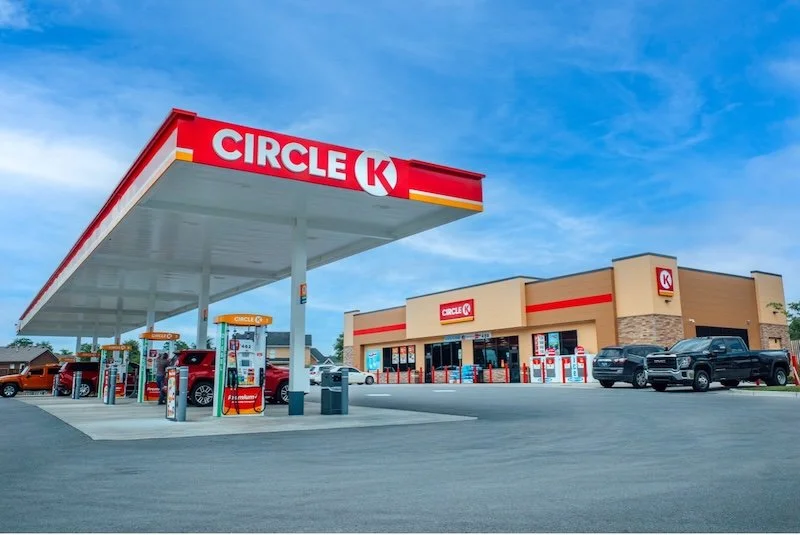The digital retail revolution: exploring the growth of online shopping
From virtual metaverse storefronts to live video shopping, a massive transformation is underway in the world of online retail. For RTIH readers, Phil Collins of EssayService names the key pros and cons of the digitisation of retail.
Consumers ten years ago were well aware of store hours and acted accordingly.
Today, however, online and traditional stores are open all night and day. And if stores are closed when customers need to buy food or other “conveniences,” they won’t wait. They’ll just move on to the next option.
Even college students today can simply go online and, in a matter of minutes, find a reliable academic writing service and hire experienced writers to be writing essays for money instead of them. And they can do this any time of the day, including late at night.
Small multi-stores open all year round are the key to success for individuals in the convenience goods industry.
How has the spread of digital technology affected advertising and consumer habits?
The industry has undergone a digital transformation in recent years. Marketing and consumer habits have been completely transformed by the Internet’s proliferation and social networking sites’ emergence.
There has also been a change in the advertising and communication industries. This is evident through the purchase funnel going digital and new marketing methods relying heavily on the Internet.
These days, students who need a paper writing service first go through every EssayPro review online before settling on an essay writer to complete their assignment. Customers can engage with businesses and products via online communities like Instagram and Twitter.
The term “two-way communication” describes this modern phenomenon. The customer can now speak back, communicate, and share their thoughts.
Customers today are also more knowledgeable than ever, and they can utilize this knowledge to either harm or promote a company’s brand online.
The development of IoT, digitalisation, robotisation, and social networks have also altered people’s ways of living. The modern customer is becoming increasingly materialistic and lives in a culture where the product’s aesthetic value often supersedes its practical value.
They also expect to be included in the creative process and given a voice in the final product. A chameleon customer is a real thing.
The new customer expects a tailored experience and immediate gratification from the business. That is because they can now shop online around the clock and have items delivered to their door in as little as an hour. The future of marketing and the approaches that need to be adopted constantly change in light of all these shifts.
Ultimately, the consumer has become more of a “zapping” customer due to the digital revolution. Marketers must adapt their strategies to their clientele more as the consumer has greater clout than ever before.
These approaches must place a greater emphasis on engaging college students who need homework help services as they particularly value honest top essay writing services reviews and expect two way conversations.
Since today’s consumer is more fickle than ever, it’s time to abandon the tried and true marketing methods and instead focus on innovation and new approaches.
In light of all this, it makes sense to question marketing’s role in boosting business results and societal prosperity.
The pros and cons of the digitisation of retail
Pros
Market access has never been simpler, making this a golden age for businesses. With the help of websites like Amazon, anyone can open a shop online and begin selling in a matter of minutes.
You can save money by selling online instead of opening physical stores or hiring salespeople. The money you save may be spent on advertising and improving your website’s interface.
There is tremendous potential for expansion as the usual barriers to expanding a bricks and mortar store are removed when doing business online. Responding to rising sales demands can be accomplished with a well thought out digital marketing strategy and an approach to expanding existing order fulfillment infrastructure.
Increase your market share by selling to people outside of your local area. This is a significant advantage over traditional bricks and mortar stores. There could be a sizeable market for your goods in another country, which you can meet through regional advertising, a translated website, or a joint venture with a foreign firm.
Ability to use website analysis and other internet marketing tools to better understand your clients and their wants and needs. This is also known as “consumer intelligence.”
Cons
A professional e-commerce website isn’t cheap to set up and maintain, especially if you anticipate high traffic levels and a steady stream of purchases.
Even if you aren’t footing the bill for a storefront, you’ll still need to factor in the price of a location. You need a place to process orders, store inventory, manage returns, and employ people to do all of these things.
Issues with the legislation. Recognising and preparing for the heightened customer protections accompanying internet transactions can be daunting. Legal considerations when marketing online also have to be factored in.
Gaining your customers’ trust might be challenging if you don’t have a bricks and mortar storefront, a proven track record, and regular face time with your sales team. You should consider the costs of establishing a competent customer service system as part of your online operations.
The bottom line
Retailers need to embrace digital transformation and discover the proper technology to solve business problems as the behaviour of customers, especially younger ones like college students who prefer to simply hire the best assignment writing services to deal with their homework, continues to change in this fast evolving industry.















Continue reading…